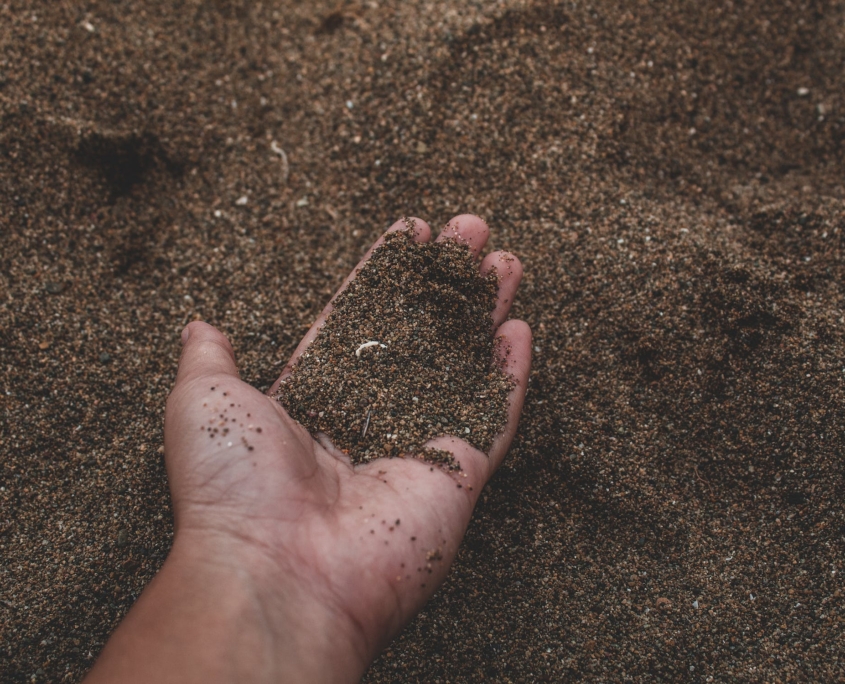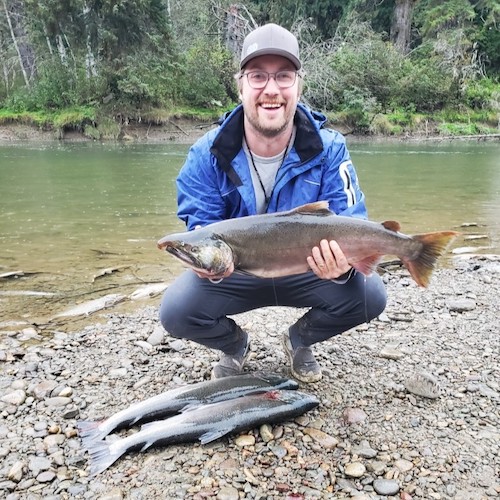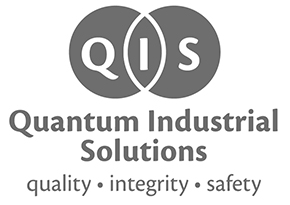Soil Stabilization: Reinforcing and Strengthening Weak Soil to Prevent Structural Damage
 If you’re a homeowner, commercial building owner, or municipal leader, you may have experienced issues with weak and crumbling soil that is causing structural damage. This can be a frustrating and costly problem, leading to sinking foundations, cracked walls, and uneven floors. Thankfully, there is a solution – soil stabilization.
If you’re a homeowner, commercial building owner, or municipal leader, you may have experienced issues with weak and crumbling soil that is causing structural damage. This can be a frustrating and costly problem, leading to sinking foundations, cracked walls, and uneven floors. Thankfully, there is a solution – soil stabilization.
So what is soil stabilization? Simply put, it’s the process of reinforcing and strengthening soil to prevent further movement and damage. Soil stabilization is achieved through a variety of methods, including concrete leveling, void filling, and grouting. These techniques are designed to add support to the soil by filling voids or adding weight, thereby increasing the soil’s density and strength.
If you’re looking for soil stabilization in Vancouver, look no further than Quantum Concrete Leveling. We offer a range of services to help homeowners, commercial building owners, and municipal leaders address soil instability issues. Let’s take a closer look at some of the soil stabilization techniques offered by Quantum Concrete Leveling.
Grouting
One of the most common methods of soil stabilization is grouting. There are several types of grouting, including chemical grouting, compaction grouting, and permeation grouting. Each type of grouting is designed to address specific soil issues.
Chemical grouting involves injecting a specialized chemical mixture into the soil, which expands and hardens to fill voids and reinforce the soil. This technique is often used for loose or sandy soils that require stabilization.
Compaction grouting involves injecting a specialized grout into the soil at high pressure, which densifies and reinforces the soil. This technique is often used for soils that are too dense or compacted, creating excess pressure on the structure above.
Permeation grouting involves injecting a specialized grout into the soil at low pressure, which fills voids and strengthens the soil. This technique is often used for soils with a high water content or in areas with underground water sources.
Concrete Leveling
Concrete leveling techniques are also useful for soil stabilization as concrete can crack and become uneven when resting on loose soil. This technique involves injecting a specialized foam underneath a concrete slab that has settled or sunk due to weak soil. The foam expands and hardens, lifting the slab back into place. Not only does this fix the immediate problem, but it also helps reinforce the soil beneath the slab to prevent further sinking.
Void Filling
Another related method of addressing soil issues is void filling. This technique is used when soil has eroded or washed away, leaving empty spaces or voids beneath concrete slabs. These voids can cause the slab to sink or become uneven, resulting in structural damage. Void filling involves injecting a specialized foam into the void, which expands and hardens to fill the space and reinforce the soil.
Soil Stabilization in Action
Soil stabilization has been used in a variety of projects, from residential homes to large commercial buildings. For example, Quantum Concrete Leveling recently provided soil stabilization services for a culvert that was sinking and becoming dangerously uneven. By using a combination of concrete leveling and grouting, Quantum Concrete Leveling was able to stabilize the soil underneath the culvert and return it to level, ensuring safe and stable conditions for drivers on the road above.
Common Causes of Soil Instability
So what causes soil instability in the first place? In urban environments, there are several factors that can contribute to weak soil, including:
Poor construction practices
Changes in soil moisture levels
Soil erosion or washout
Changes in soil composition
Natural disasters such as earthquakes or floods
Working with a Reputable Contractor
It’s important to work with a reputable contractor when addressing soil instability issues. Improper techniques or the use of unsuitable materials can worsen the problem or create new ones. A qualified contractor will assess the specific soil type and location to determine the best course of action and ensure proper methods are used.
In conclusion, soil stabilization is a crucial process for reinforcing and strengthening weak soil to prevent structural damage. Quantum Concrete Leveling offers a range of services to help homeowners, commercial building owners, and municipal leaders address soil instability issues, including concrete leveling, void filling, and grouting. By understanding the common causes of soil instability and working with a reputable contractor, you can ensure safe and stable conditions for your property. Click here to learn more about Quantum and how we can help you create safe and stable soil for your projects.
 By David Sorokovsky, owner of Quantum Concrete Leveling
By David Sorokovsky, owner of Quantum Concrete Leveling
David Sorokovsky is the proud owner of Quantum Concrete Leveling in Vancouver. When it comes to concrete leveling in Western Canada, homeowners, building owners, and public entities trust Quantum Concrete Leveling to deliver expert services. From mudjacking to poly leveling (or “polyjacking”) and void filling, our team utilizes the latest techniques and uses a durable, long-lasting foam material to raise and level uneven concrete surfaces such as sidewalks, garage floors, driveways, concrete steps, warehouse floors and even concrete foundations on homes and buildings. To learn more, browse our website or give us a call today.

